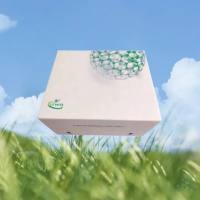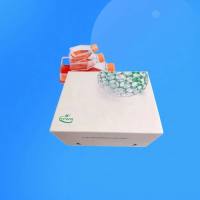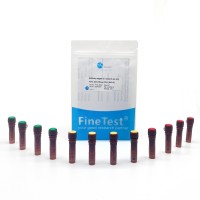Construction of Cells Expressing Neurotrophins
互联网
787
The ability to introduce genes of neurotrophic factors into eukaryotic cells provides a novel way to study neurobiological
processes in vitro and in vivo (1
–6
). To study the functional role of the growth factors in vivo, genetically modified cells expressing neurotrophin have been
grafted in the central nervous system (CNS) (2
,3
,6
). In different animal models of CNS degenerative diseases, neurotrophic factors secreted from grafted cells can prevent neuronal
degeneration and promote functional recovery after injury (1
–11
). The neurotrophin family is comprised of nerve growth factor (NGF), brain-derived neurotrophic factor (BDNF), neurotrophin-3
(NT-3), and neurotrophin-4/5 (NT-4/5) (12
–14
). Although structurally similar, they differ in their regional and temporal distribution, receptor specificity, and biological
activity. NGF, the first prototypic neurotrophin, is synthesized as part of a large precursor protein within which mature,
bioactive NGF occupies the C-terminal half, and the N-terminal half contains a signal peptide (18 amino acid) preceding a
large pro region. The pro sequence in combination with the signal (pre) sequence is necessary for the secretion of correctly
processed, biologically active NGF (15
). All neurotrophins show considerable structural homology to NGF and contain similar signal peptide and pro sequences.








